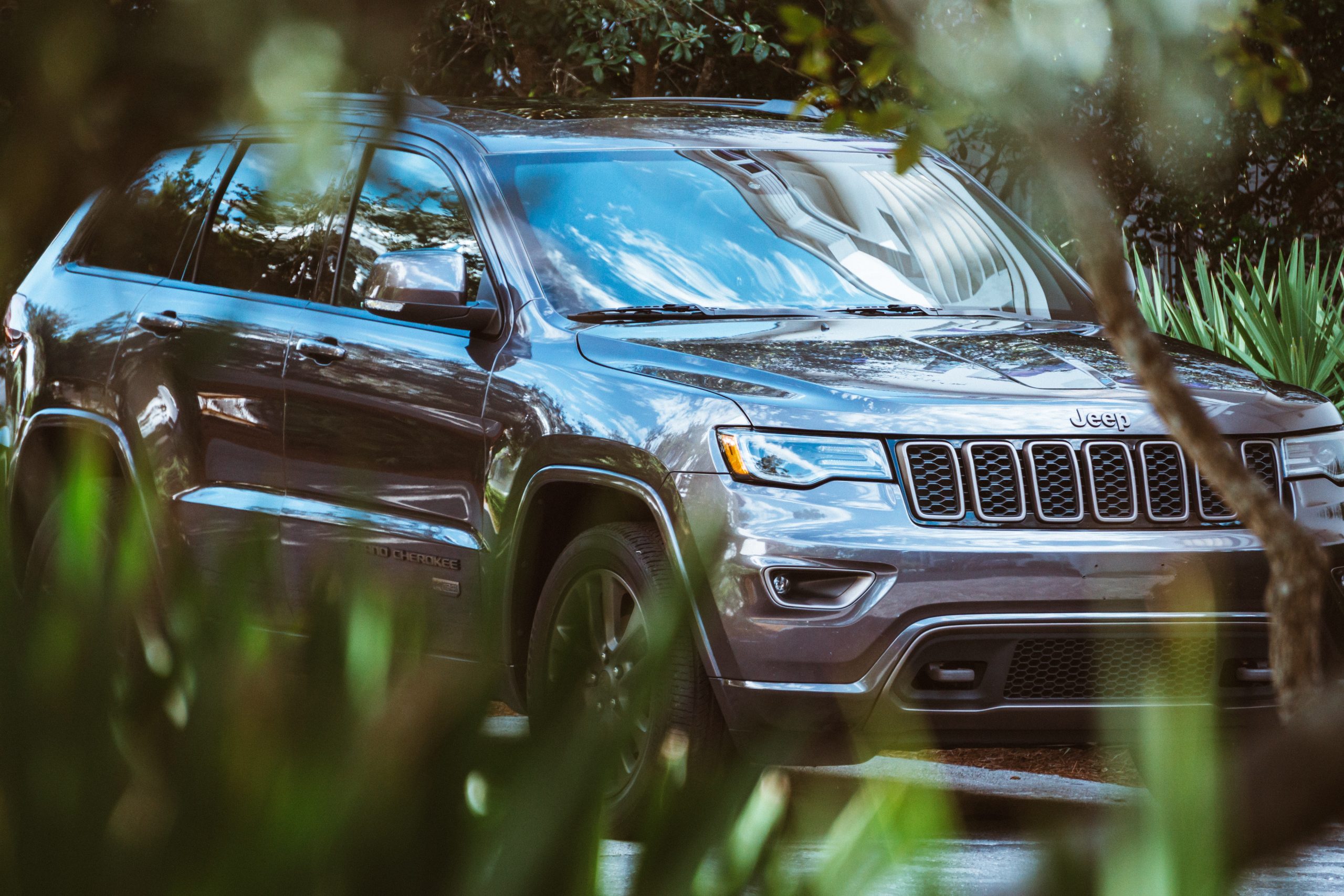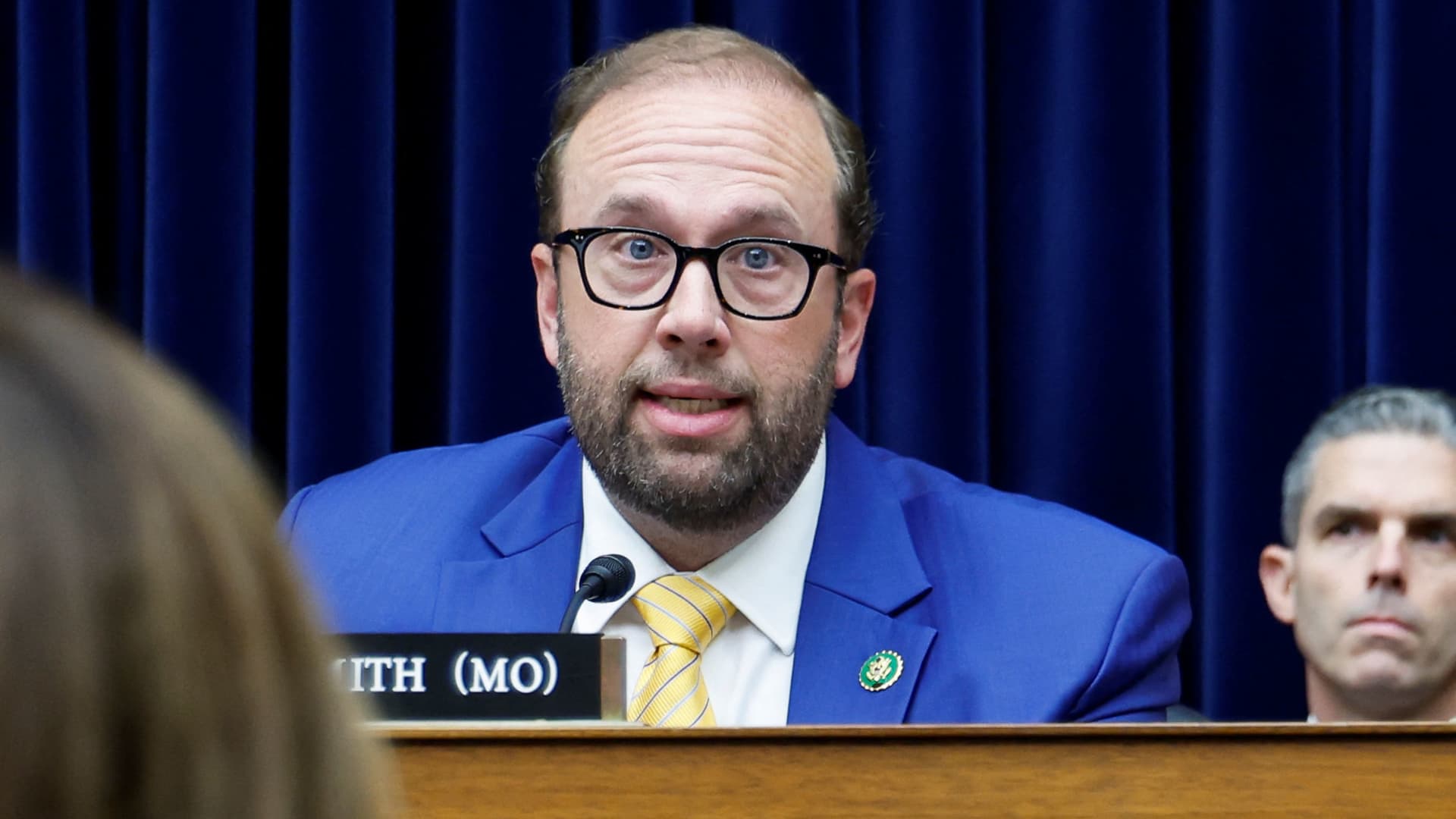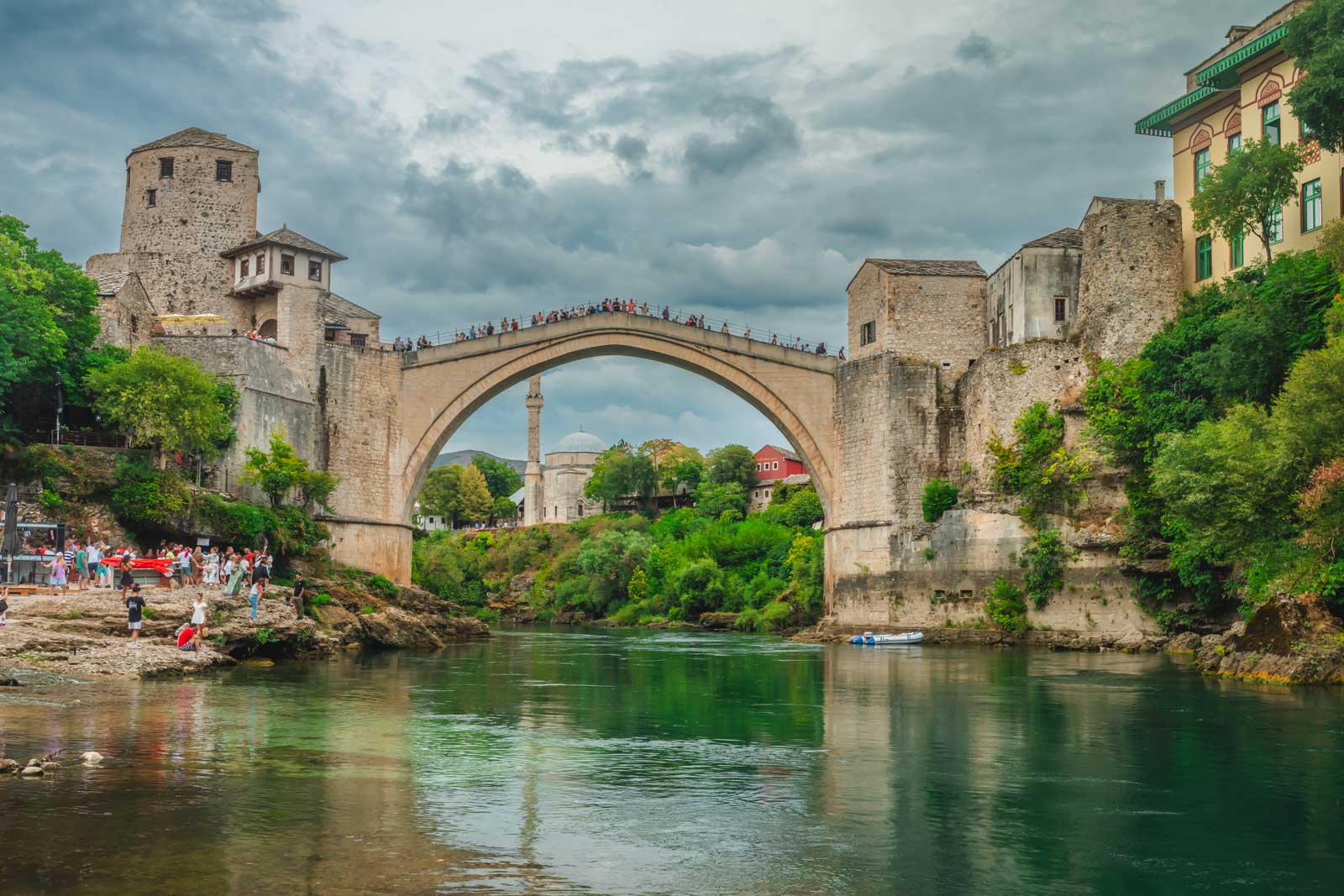From Crash to Comeback: Exploring Crashed Grand Cherokee Restoration
There’s a unique romance attached to the process of taking something broken and making it whole again. In the automotive […] The post From Crash to Comeback: Exploring Crashed Grand Cherokee Restoration appeared first on ReadWrite.

There’s a unique romance attached to the process of taking something broken and making it whole again. In the automotive world, restoring a crashed Grand Cherokee is a testament to this transformative power—whether you’re securing it from a salvage yard or auction platform like SCA.
Whether impacted by a slight fender bender or a catastrophic collision, the Grand Cherokee’s journey from crash to comeback is a fascinating one, filled with insights into engineering, craftsmanship, and sheer determination.
Why You Should Opt for a Crashed Grand Cherokee
The transformation of a crashed Grand Cherokee starts with a thorough understanding of the damage incurred. Depending on the severity of the crash, different components of the vehicle may be affected, ranging from the outer body and frame to the engine and other internal parts.
The body of the Grand Cherokee often suffers the most visible damage, which can include dents, scratches, and even possible structural deformities. Beneath the exterior, essential components such as the suspension, transmission, and drivetrain might also suffer depending on what type of crash it was in.
A complete assessment of the crashed vehicle is critical to determine the damage’s extent and the required restoration steps.
The Overall Grand Cherokee Restoration Process
Restoring a crashed Grand Cherokee is a multifaceted journey involving various stages and a synergy of various skills. It’s a process that emphasizes attention to detail and quality craftsmanship, which ensures that the vehicle doesn’t just return to its former glory but may even surpass it.
Initial Inspection and Disassembly
The restoration process starts with a comprehensive inspection of the crashed Grand Cherokee—both inside and out. This initial phase involves a complete comprehensive examination of the vehicle’s exterior, interior, and mechanical components to gauge the severity of the damage.
Then begins the labor-intensive disassembly process, where you’ll carefully remove, catalog, and store every part. This stage requires meticulous planning, as the organization of these parts will significantly impact the efficiency of the later reassembly.
Bodywork and Structural Repairs
Repairing the body and structure is a critical phase in restoring a crashed Grand Cherokee. This part of the process can be time-consuming and requires a high level of skill and precision.
Technicians might utilize hydraulic machines to straighten the frame and specialized tools to reshape the body panels. Welding and fabricating new parts may also be necessary if the original components are beyond repair. The goal is to return the vehicle’s structure to its factory specifications, ensuring that it’s both safe and aesthetically pleasing.
Mechanical Repairs and Rebuilding
A crashed Grand Cherokee may require extensive mechanical repairs. The engine might need to be completely rebuilt, involving replacing various internal components such as pistons, valves, and gaskets.
Transmission and suspension systems may also need an overhaul. This stage demands the expertise of seasoned mechanics who can diagnose and rectify issues, ensuring the vehicle runs smoothly and efficiently once back on the road.
Electrical Systems Restoration
Modern vehicles, including the Grand Cherokee, contain complex electrical systems that control everything from the engine’s performance to in-car entertainment. In the case of a crash, these systems can be compromised.
The restoration process involves carefully examining and repairing wiring harnesses, sensors, and control modules. This work ensures that all electrical components are functional and safe, preserving the technological integrity of the vehicle.
Paint and Finish
The final aesthetic touch to a restored Grand Cherokee involves careful painting and finishing. The vehicle’s body is first primed and then painted with color-matched paint to ensure consistency with the original hue.
Often, this involves applying several coats of paint followed by a clear coat to achieve a lustrous finish. The attention to detail in this phase ensures that the restored vehicle not only matches its pre-crash appearance but may even exceed it, providing a stunning visual appeal.
Interior Restoration
The interior of a crashed Grand Cherokee demands equal attention. Whether restoring the original fabric or upgrading to a customized design, this phase involves detailed work on seats, a dashboard, carpets, and trims. It’s about recreating the comfort and luxury that the Grand Cherokee is known for, or even enhancing it to suit the owner’s personal taste.
The Art and Craftsmanship Behind the Transformation
The restoration of a crashed Grand Cherokee is more than a mechanical endeavor; it’s an art form that requires an unparalleled level of craftsmanship and dedication. Every detail must be carefully considered and thoughtfully planned, from the alignment of body panels to the stitching on the upholstery.
The interior, often overlooked, needs restored to its original grandeur or customized according to the owner’s preferences. This might include refurbishing or replacing leather seats, restoring wooden trim, and ensuring all the electronic gadgets are functional. The wheels and tires, too, must align with the restoration’s overall aesthetics and performance goals.
The Economic and Environmental Impact
Restoring a crashed Grand Cherokee, or any other vehicle, has greater implications that go just beyond the garage. It’s an economically sound choice, often more affordable than buying a new vehicle.
Additionally, restoration contributes to sustainability by recycling parts and reducing waste. Instead of scrapping a crashed Grand Cherokee, giving it a new life preserves the energy and resources that went into its initial production. Moreover, restoration shops often work with local suppliers and craftsmen, fostering a community-centered approach to automotive care.
Bringing An American Icon Back to Its Former Glory
From the initial inspection to the final polish, restoring a crashed Grand Cherokee is a complex process requiring expertise, patience, and artistry. It’s a journey that transforms a wrecked vehicle into a symbol of resilience and craftsmanship—a testament to this American automotive icon’s enduring appeal and adaptability.
Finding a perfect one can be easier than you think, whether you’re hitting a salvage yard or auction like SCA. Whether for the love of the vehicle, economic considerations, or environmental consciousness, restoring a crashed Grand Cherokee is a pursuit that resonates with car enthusiasts and conservationists alike.
![]()
Brad Anderson
Editor In Chief at ReadWrite
Brad is the editor overseeing contributed content at ReadWrite.com. He previously worked as an editor at PayPal and Crunchbase. You can reach him at brad at readwrite.com.

 JaneWalter
JaneWalter 































